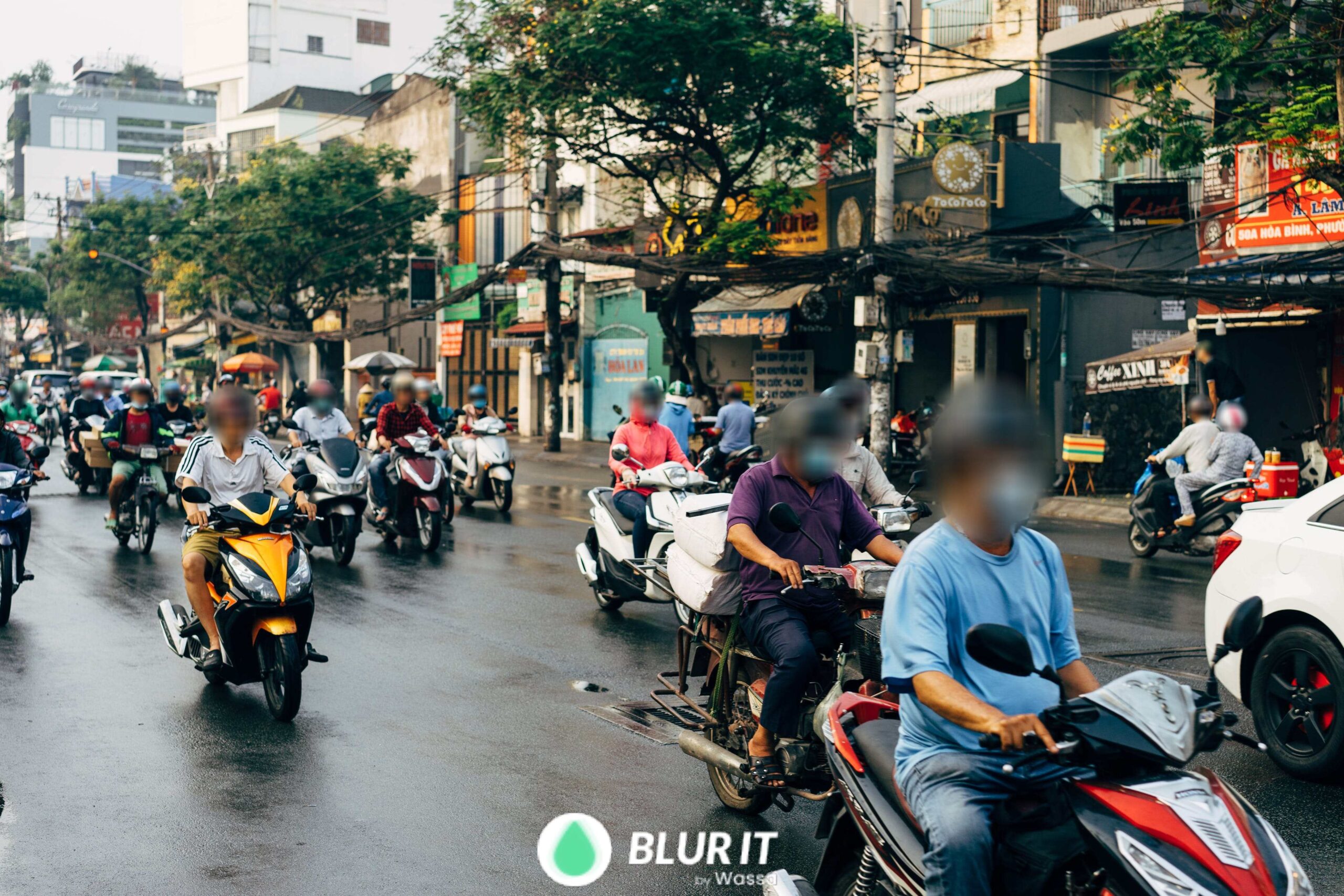In today’s image-driven world, photographs have become ubiquitous, serving as a window into our lives, capturing moments both mundane and extraordinary. However, amidst the proliferation of images, a peculiar practice has emerged – the intentional blurring of faces in photos. This technique, often employed in news reports, social media posts, and even personal albums, raises intriguing questions about the motivations behind it and the implications it carries.
Protecting Privacy and Anonymity: The Cornerstone of Face Blurring
At the heart of blurring faces lies the fundamental right to privacy and anonymity. Blurring can serve as a protective measure, safeguarding individuals from unwanted attention, harassment, or potential harm if their identity is revealed. This is particularly relevant for individuals who have not consented to having their image shared publicly, such as minors, victims of crimes, or witnesses to sensitive events.
News Media and Public Figures: Striking a Balance Between Transparency and Protection
In the realm of news media, blurring faces plays a crucial role in protecting the privacy of individuals while maintaining transparency and accountability. When reporting on sensitive topics, such as protests, investigations, or personal struggles, blurring faces can shield individuals from unnecessary scrutiny and potential retaliation.
Social Media and Online Communities: Navigating the Privacy Landscape
In the ever-expanding world of social media and online communities, blurring faces has become a common practice. Users may choose to blur their own faces or those of others to protect their privacy, maintain anonymity, or safeguard against cyberbullying or harassment.
Beyond Privacy: Artistic Expression and Visual Storytelling
While privacy remains the primary motivator for blurring faces, this technique can also serve as an artistic tool. Photographers and artists may employ face blurring to create a sense of mystery, convey a particular emotion, or emphasize other elements of the composition.
Mobile Mapping, ADAS, and Data Collection: The Ethics of Image Capture and Processing
With the advancements in mobile mapping and Advanced Driver Assistance Systems (ADAS), the collection and processing of facial data have become increasingly common. While these technologies offer valuable insights and safety features, they also raise concerns about privacy and data protection.
Mobile mapping systems, which capture images and data as vehicles traverse public spaces, can inadvertently collect facial data of individuals going about their daily lives. Similarly, ADAS, which utilize cameras and sensors to enhance vehicle safety, may capture facial data of drivers and passengers.
The ethical considerations surrounding the collection and processing of facial data are multifaceted. On one hand, these technologies can contribute to public safety, urban planning, and the development of personalized services. On the other hand, the potential for misuse and unauthorized surveillance raises concerns about privacy, data ownership, and potential discrimination.
BlurIt.io: The Perfect Solution for Blurring Faces Responsibly and Efficiently
In today’s digital age, where privacy concerns are paramount and image processing tools are readily available, the need for a reliable and efficient face-blurring solution is evident. BlurIt.io emerges as the perfect solution, offering a user-friendly interface, advanced blurring algorithms, and a commitment to data privacy.
Key Features of BlurIt.io:
- Effortless Face Detection and Blurring: BlurIt.io’s advanced algorithms automatically detect faces in images and apply blurring with precision.
- Blur editing: If you need to select faces you can use BlurIt redacting platform to redact your images and videos
- Batch Processing for Efficient Blurring: BlurIt.io’s batch processing feature allows users to blur multiple images simultaneously, saving time and effort.
- Privacy Protection: BlurIt.io prioritizes data privacy, ensuring that uploaded images remain secure and are not shared with any third parties.
Conclusion: Striking a Balance in a Data-Driven World
Blurring faces in photos has become an integral part of navigating the digital landscape, serving to protect privacy, maintain anonymity, and enhance artistic expression. As we move forward in a data-driven world, it is crucial to strike a balance between the benefits of technological advancements and the protection of individual privacy. BlurIt.io, with its innovative features and commitment to data privacy, stands as a responsible tool for blurring faces in a way that respects individual rights and safeguards against potential misuse.
